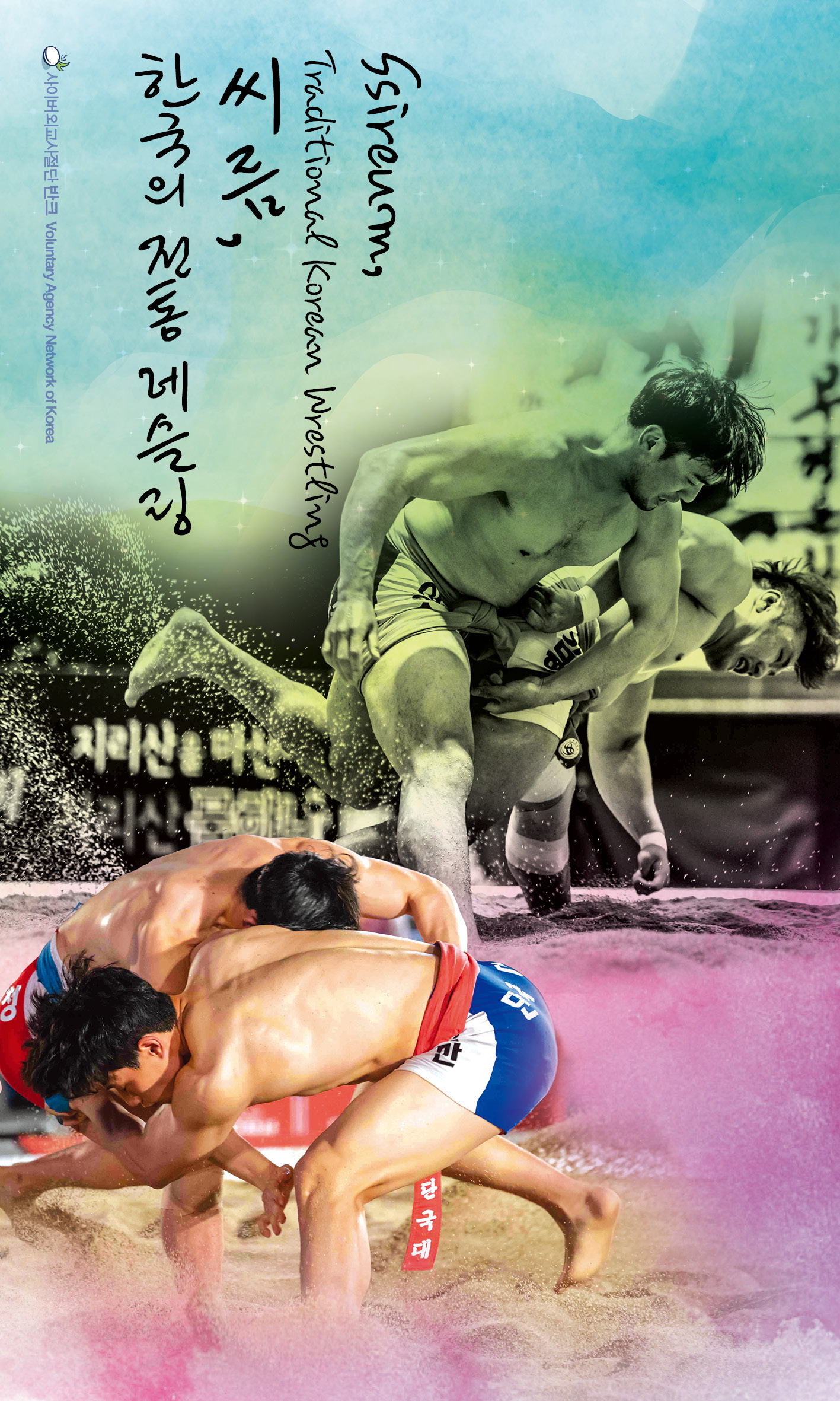 Ssireum is a unique sport in Korea. It is a traditional folk game and a sport competition that two people compete their strength and technique by gripping the Satba. Ssireum has been a folk game and a martial art that has been loved for a long time. It has developed into a modern athletic game in the 20th century.
Ssireum is a unique sport in Korea. It is a traditional folk game and a sport competition that two people compete their strength and technique by gripping the Satba. Ssireum has been a folk game and a martial art that has been loved for a long time. It has developed into a modern athletic game in the 20th century.
The history of Ssireum has been part of the long history of Korea. The scene of doing Ssireum was depicted at ancient tomb murals of Goguryeo (37 BC-AD 668) painted in the 4th and 5th centuries in present day Jilin Province, China. Moreover, a number of records about Ssireum created throughout Goryeo (918-1392) and Joseon (1392-1910) Dynasties have remained. There are records that kings of Goryeo personally played Ssireum with their subordinates in <Goryeosa> which is about the history of Goryeo, and there is a record that the government of Joseon prohibited Ssireum because it became overheated due to its popularity.
Ssireum was usually played in Korean anniversaries such as Dano, Baekjung, and Hangawi. Anybody could easily play it because it does not require special equipment and it has a low chance of injury. While there are various traditional types of Ssireum, they have been unified into one type called ‘Left Ssireum’, which is the one played at the present time. In general, Ssireum means the ‘Left Ssireum.’ There are 54 skills in Ssireum that are largely divided into four, based on the body parts – hands, legs, waist and mixed.
Ssireum trains the mind and body of individuals by using the whole body. Furthermore, it has traditionally strengthened solidarity and cooperation in the society. Korean Ssireum was designated as UNESCO Intangible Cultural Heritage as a common heritage between South and North Korea in October 2018. We hope that Ssireum will be a Korean heritage leading to communication and harmony between South and North Korea in the 21st century, as it has done in the long history of Korea.